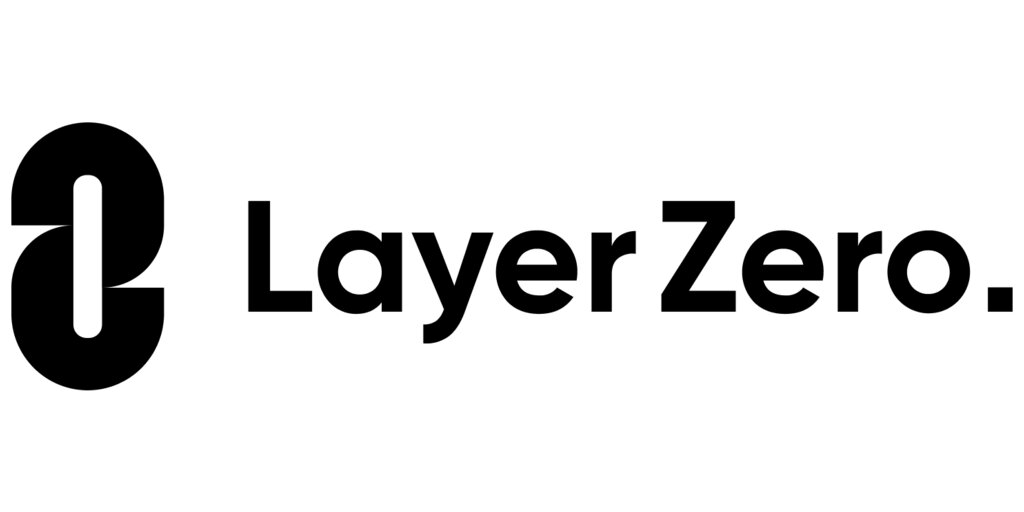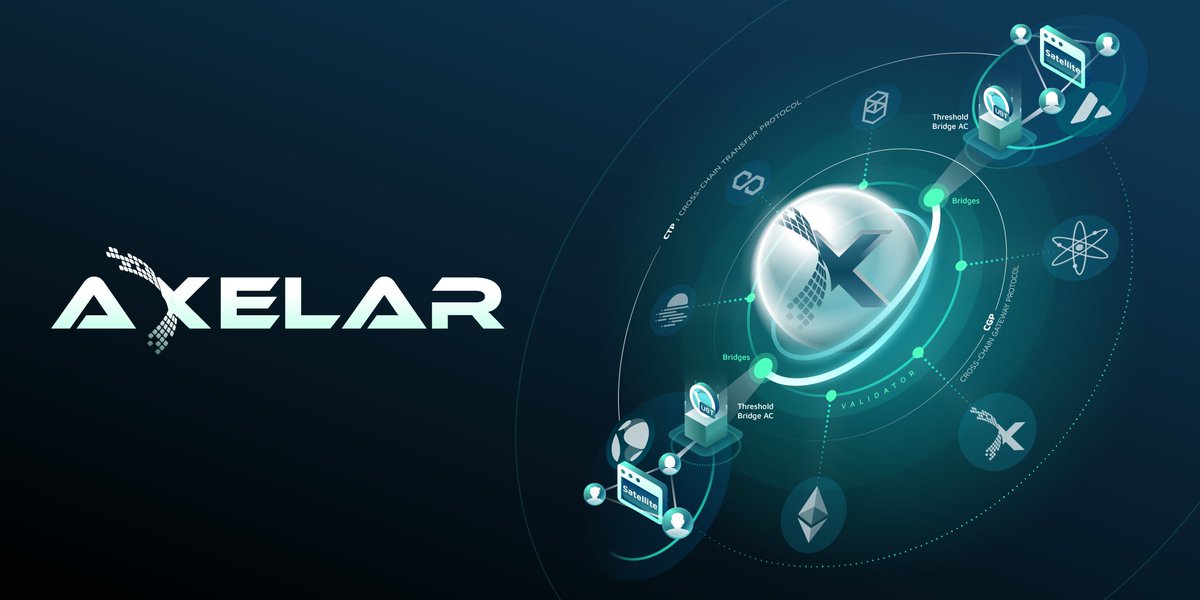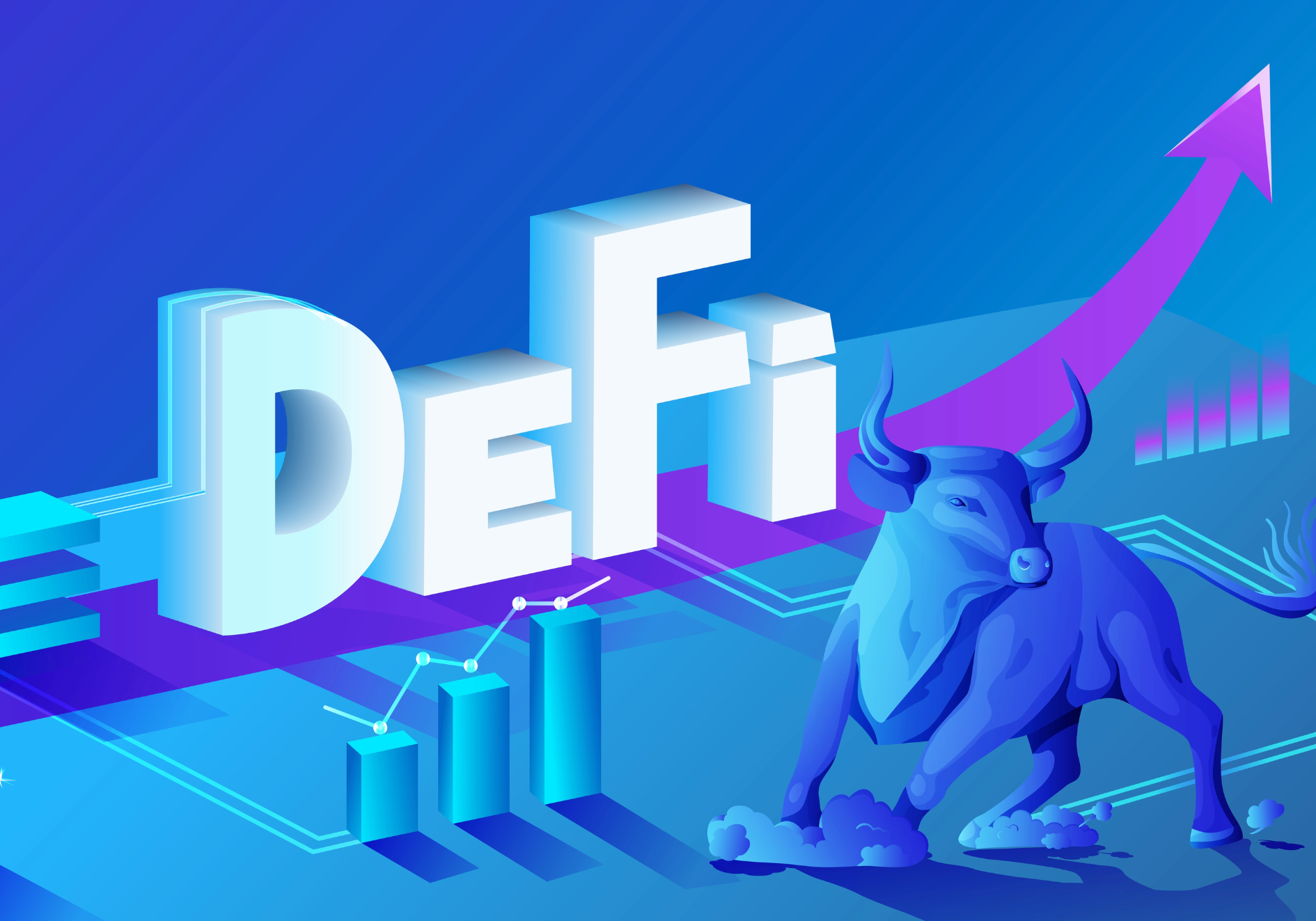Decentralized finance (DeFi) thrives on connectivity, and in 2025, cross-chain bridges are the unsung heroes driving DeFi interoperability. These protocols allow assets, data, and liquidity to flow seamlessly between blockchains like Ethereum, Solana, and Aptos, breaking down silos that once limited DeFi’s potential. With total value locked (TVL) in DeFi surpassing $300 billion in March 2025, the ability to move assets across chains has become critical for scalability and user adoption. From facilitating yield farming to enabling stablecoin swaps, here are the top 5 cross-chain bridges revolutionizing DeFi this year.
1. Wormhole: The Multichain Powerhouse

Wormhole tops the list as a leading cross-chain bridge, connecting over 30 blockchains, including Ethereum, Solana, and Aptos. Launched in 2021, it gained prominence after a $320 million hack in 2022, only to rebound with enhanced security and a robust ecosystem. In 2025, the network continues to drive DeFi by seamlessly bridging assets like USDC and ETH, with daily transfers surpassing $50 million. Moreover, its Q3 2025 integration with Aptos has significantly boosted liquidity for DeFi protocols like Thala Labs. As a result, with its versatility and reliability, it remains a key player in DeFi interoperability.
2. LayerZero: The Omnichain Innovator

LayerZero is redefining cross-chain communication with its lightweight, ultra-efficient protocol. Introduced in 2022, it supports over 40 chains by March 2025, including Arbitrum, Polygon, and Binance Smart Chain. Unlike traditional bridges that lock assets, LayerZero DeFi uses a messaging system to enable seamless token transfers and smart contract interactions. With partnerships like Stargate Finance, LayerZero handles over $20 billion in bridged volume annually, per its 2025 metrics. Its low-cost, high-speed approach makes it a favorite for DeFi users seeking interoperability without compromising security.
3. Axelar: The Universal Connector

Axelar stands out for its comprehensive approach to cross-chain bridges, linking more than 50 blockchains by Q1 2025. Designed to simplify DeFi integration, the network supports asset transfers, cross-chain lending, and NFT bridging. Its Satellite bridge plays a key role in moving stablecoins like USDT between Ethereum and Cosmos-based chains. The ecosystem now holds a total value locked (TVL) of $150 million. A decentralized validator network ensures trustless operations, attracting global DeFi protocols. In 2025, its role in connecting emerging chains like Aptos further cements its top-tier status.
4. Chainlink CCIP: The Oracle-Backed Bridge

Chainlink’s Cross-Chain Interoperability Protocol (CCIP), fully operational by 2025, brings oracle-powered precision to DeFi bridging. Known for its data feeds, Chainlink CCIP connects Ethereum, Optimism, and newer chains like zkSync, facilitating secure asset transfers and cross-chain messaging. With a focus on enterprise-grade security, it’s bridged over $10 billion in assets since its 2024 rollout, according to Chainlink’s updates. DeFi platforms use CCIP for real-time price feeds and token swaps, enhancing DeFi interoperability with trusted infrastructure. Its adoption by Aave for cross-chain lending underscores its growing influence.
5. Celer cBridge: The Cost-Effective Choice

Celer’s cBridge rounds out the top 5 with its focus on affordability and speed. Supporting 20+ blockchains like Ethereum, Polygon, and Avalanche, cBridge has processed over $12 billion in transactions by March 2025. Its state channel technology minimizes fees—often under $0.10 per transfer—making it a hit for small-scale DeFi users. In 2025, cBridge’s integration with Aptos and Solana has boosted liquidity for DEXs like PancakeSwap, proving that cost-effective cross-chain bridges can still deliver high impact. Its simplicity and efficiency keep it competitive in the interoperability race.
Why Cross-Chain Bridges Matter in 2025
These bridges are more than technical tools—they’re the backbone of DeFi’s multichain future. With Ethereum’s high gas fees pushing users to alternatives like Solana (65,000 TPS) and Aptos (160,000 TPS), cross-chain solutions unlock liquidity across ecosystems. For instance, a user can stake USDC on Ethereum via Aave, bridge it to Aptos for yield farming on Thala Labs, and cash out on Solana—all in minutes. This fluidity drives DeFi’s TVL growth and attracts new users, from traders to institutions.
Security remains a concern, with past hacks like Wormhole’s exposing vulnerabilities. However, in 2025, these bridges are strengthening with audits, insurance pools, and decentralized designs. This approach helps rebuild trust among users. Their role in cross-chain DeFi applications—like lending, swapping, and governance—is crucial. In a fragmented blockchain landscape, they have become indispensable.
Conclusion
The top 5 cross-chain bridges—Wormhole, LayerZero, Axelar, Chainlink CCIP, and Celer cBridge—are turbocharging DeFi interoperability in 2025. By connecting disparate blockchains, they empower users to move assets seamlessly, fueling DeFi’s expansion beyond single-chain limits. Whether it’s Wormhole’s multichain reach or Celer’s low-cost efficiency, these protocols are shaping a more unified DeFi ecosystem. As the industry evolves, staying atop these cross-chain bridges is key to unlocking DeFi’s full potential—bridging the future, one chain at a time.
Disclaimer: This article is for informational purposes only and does not constitute financial advice.




